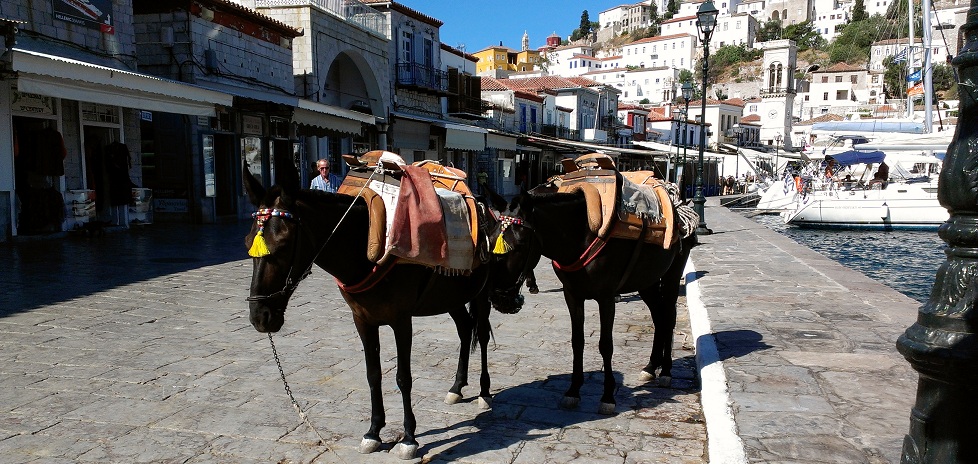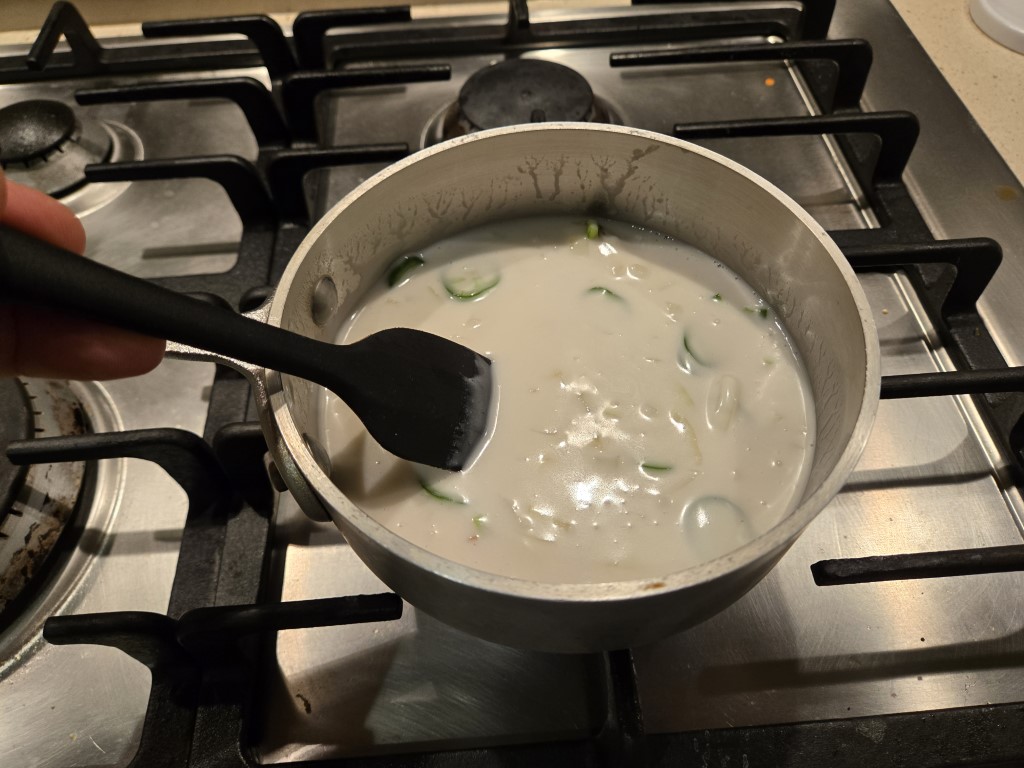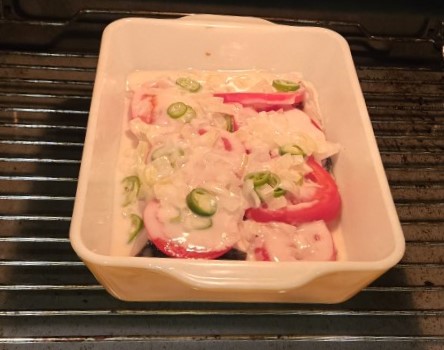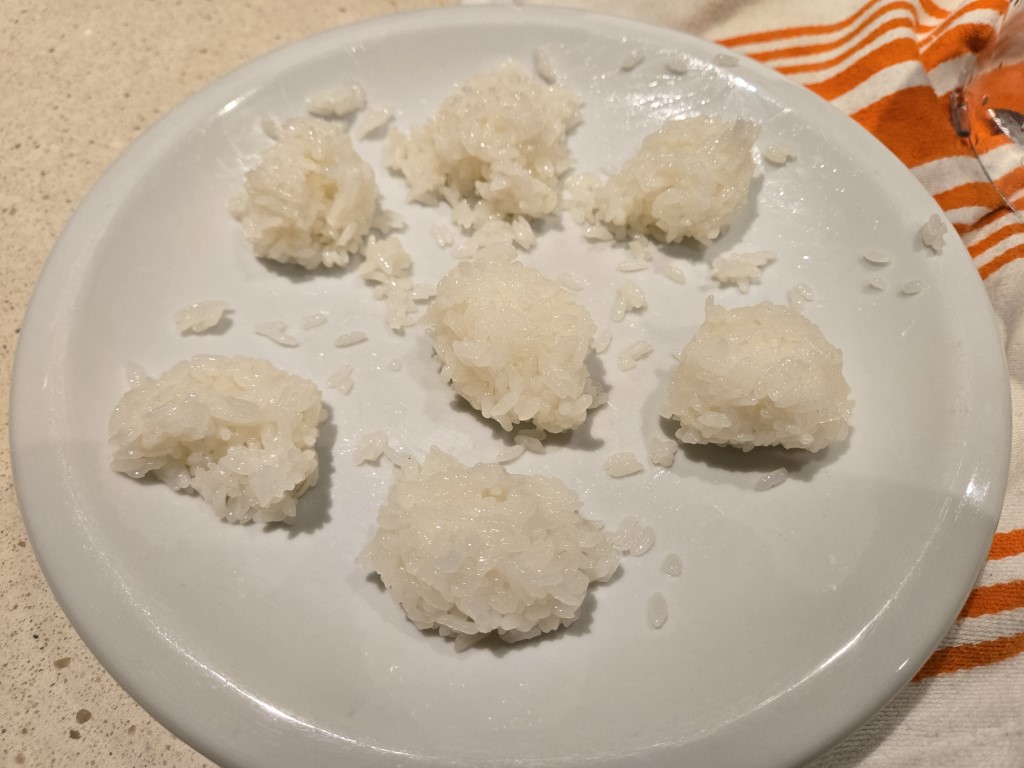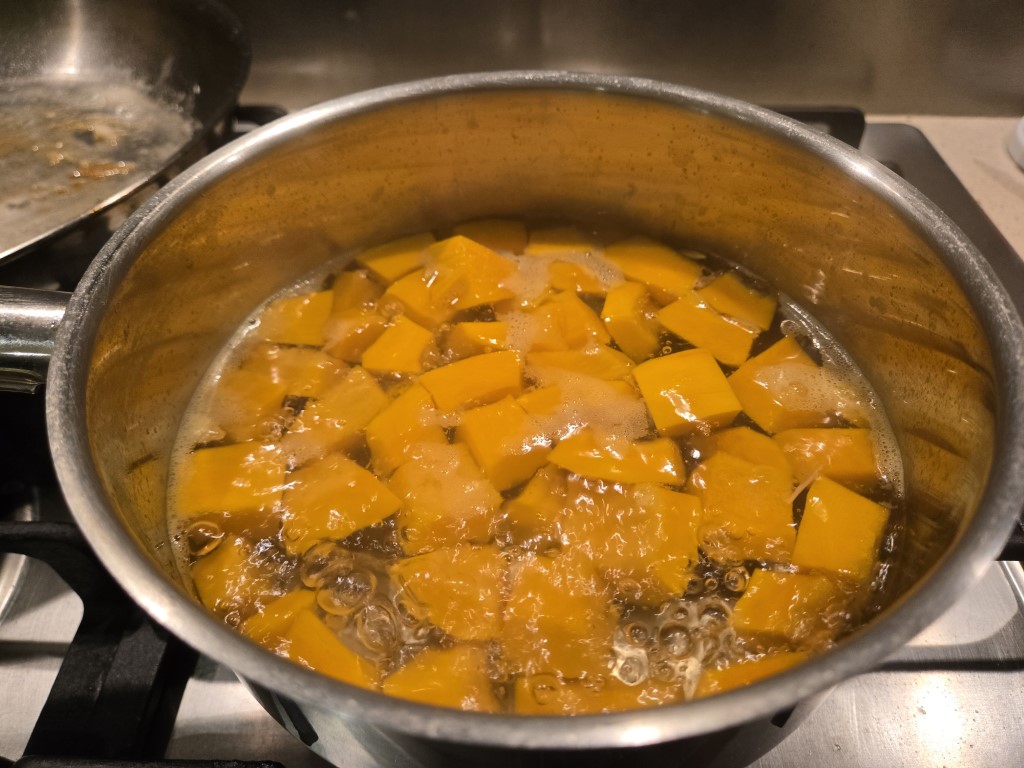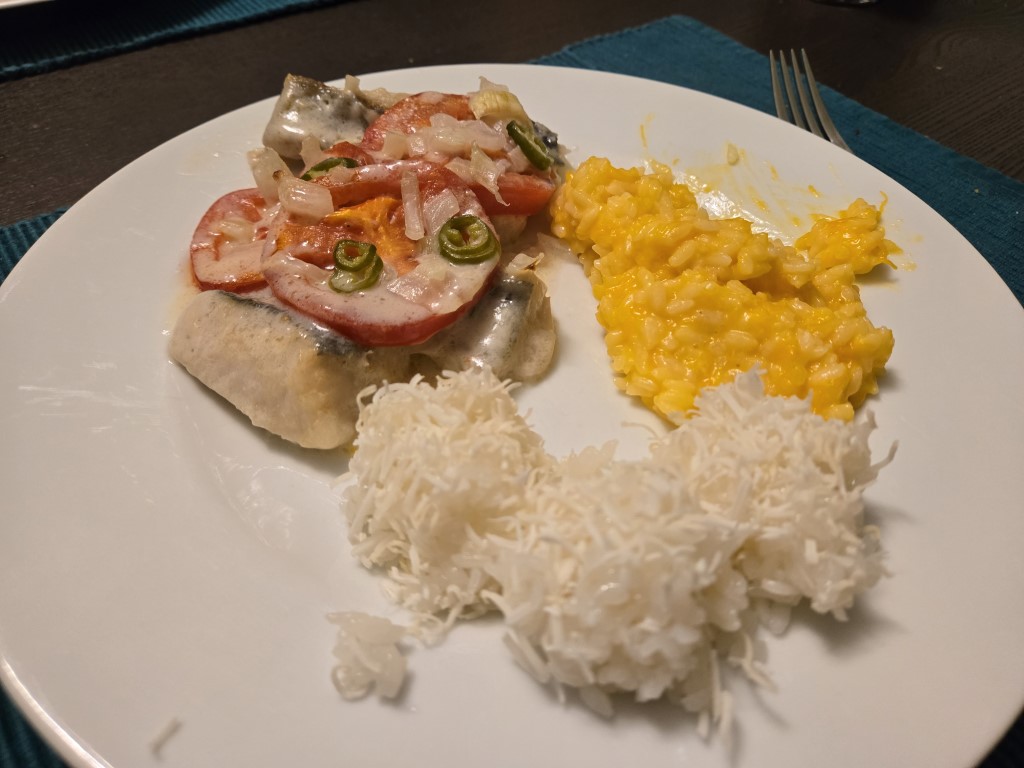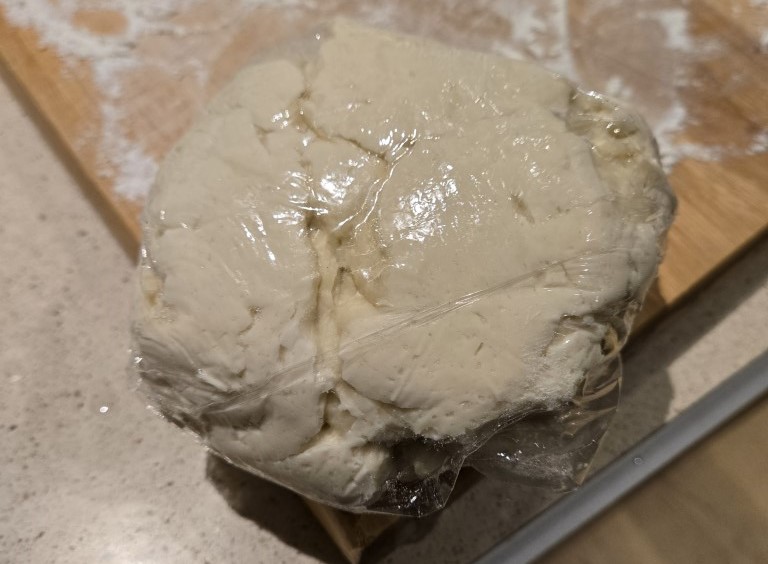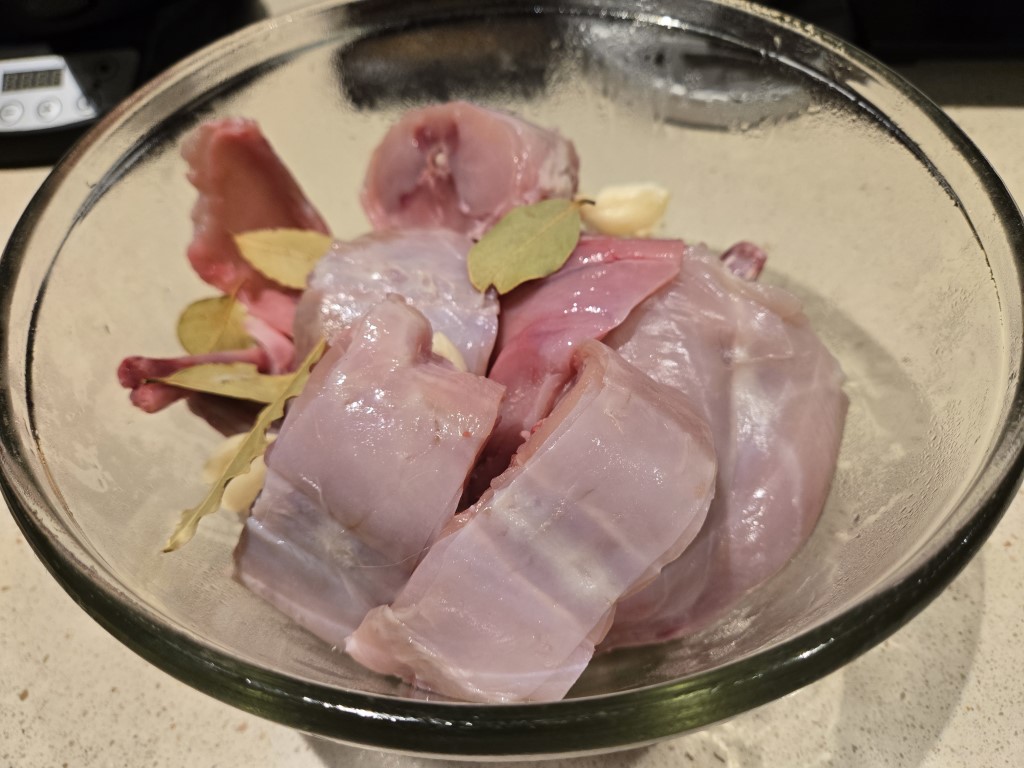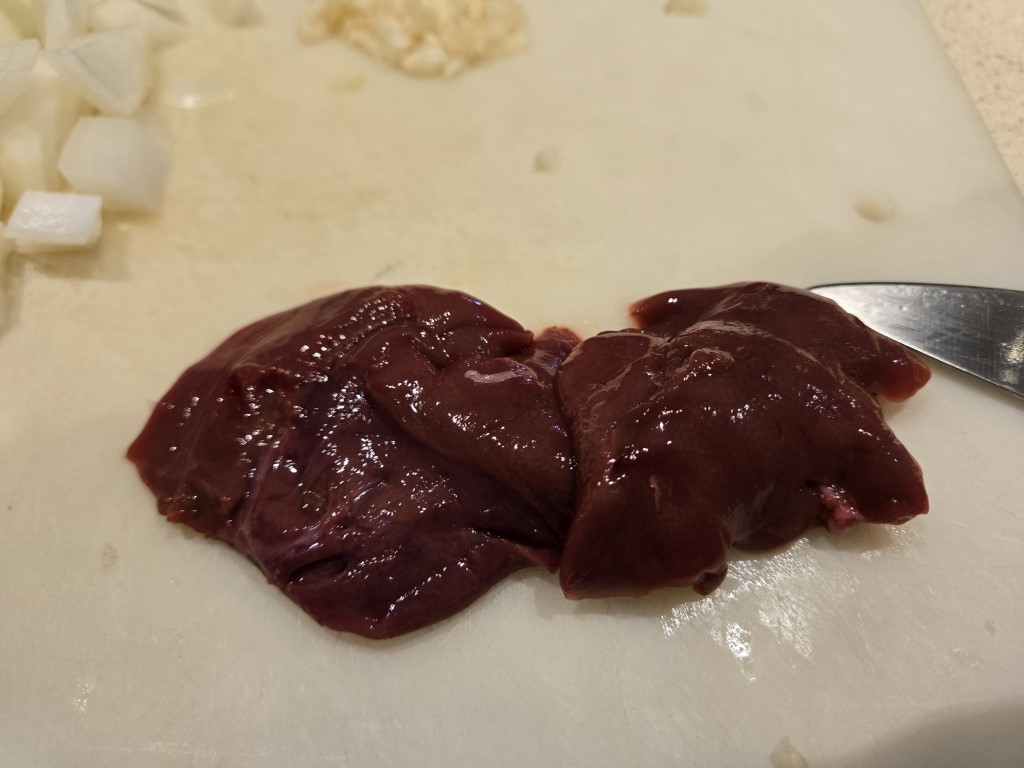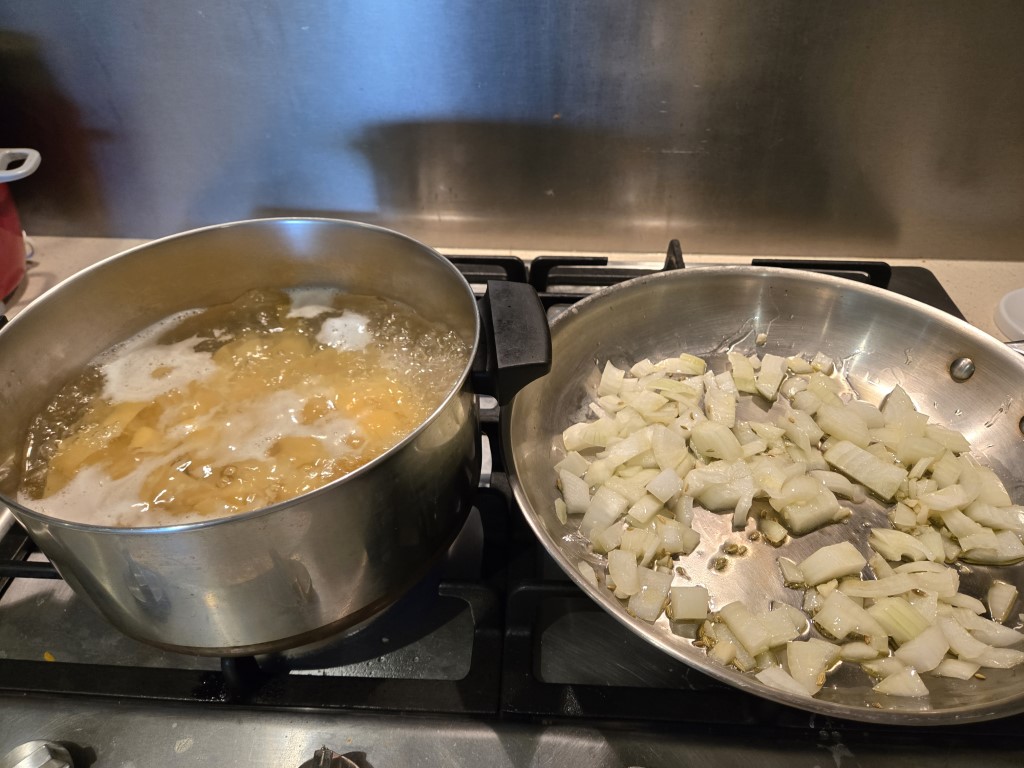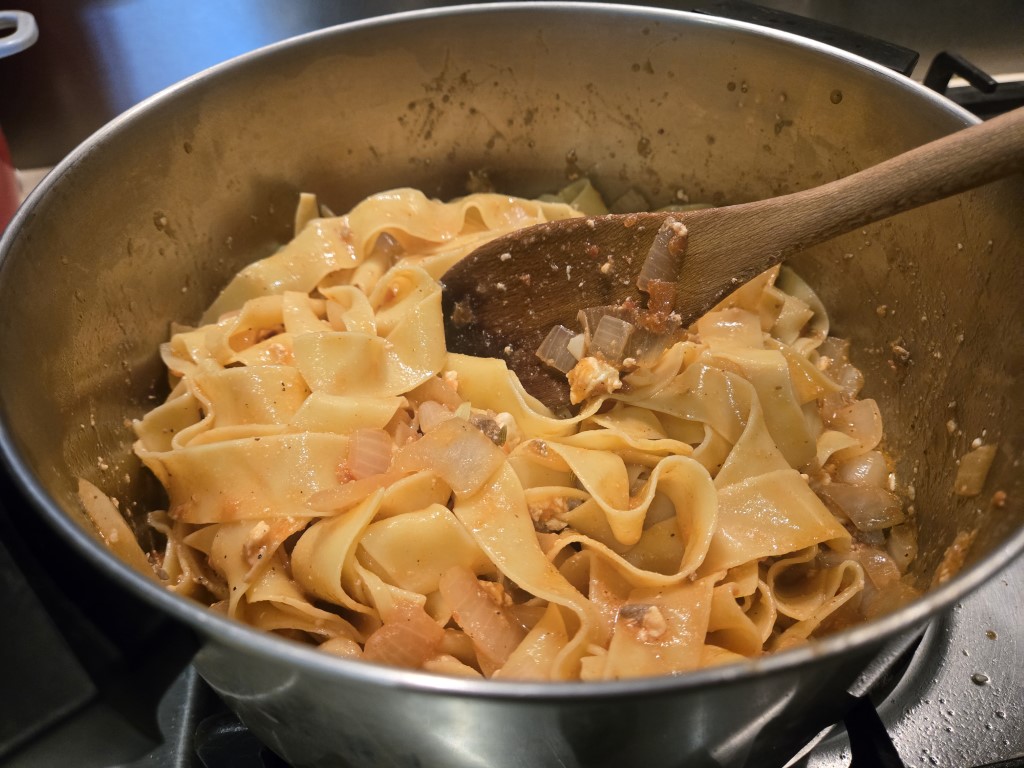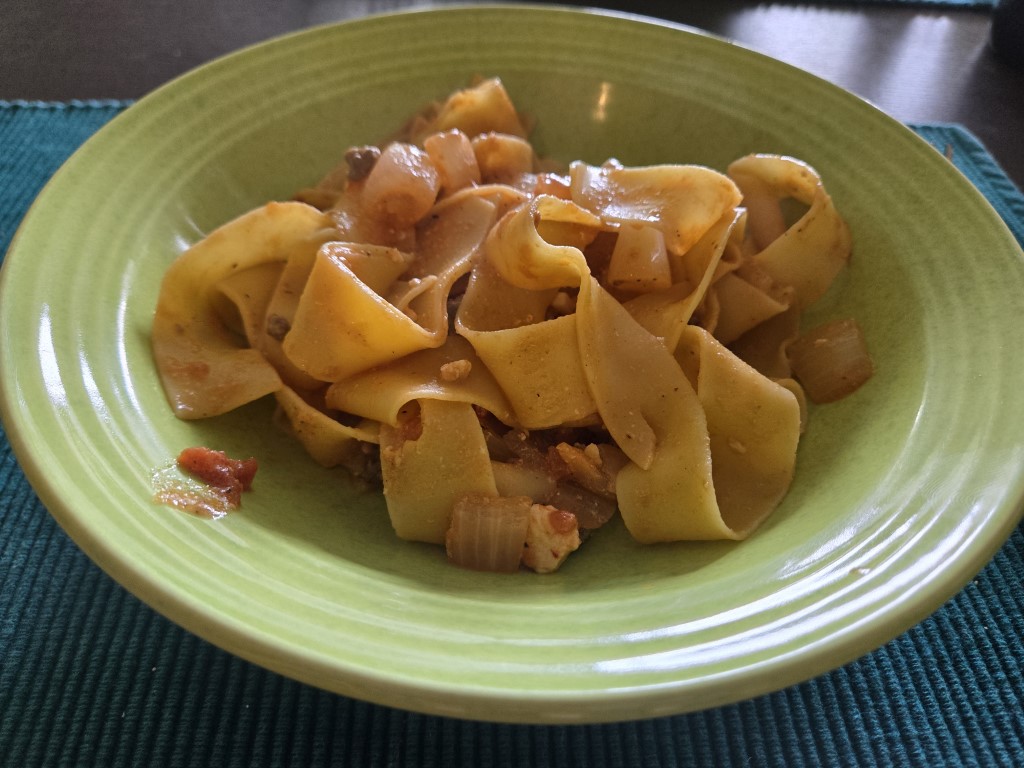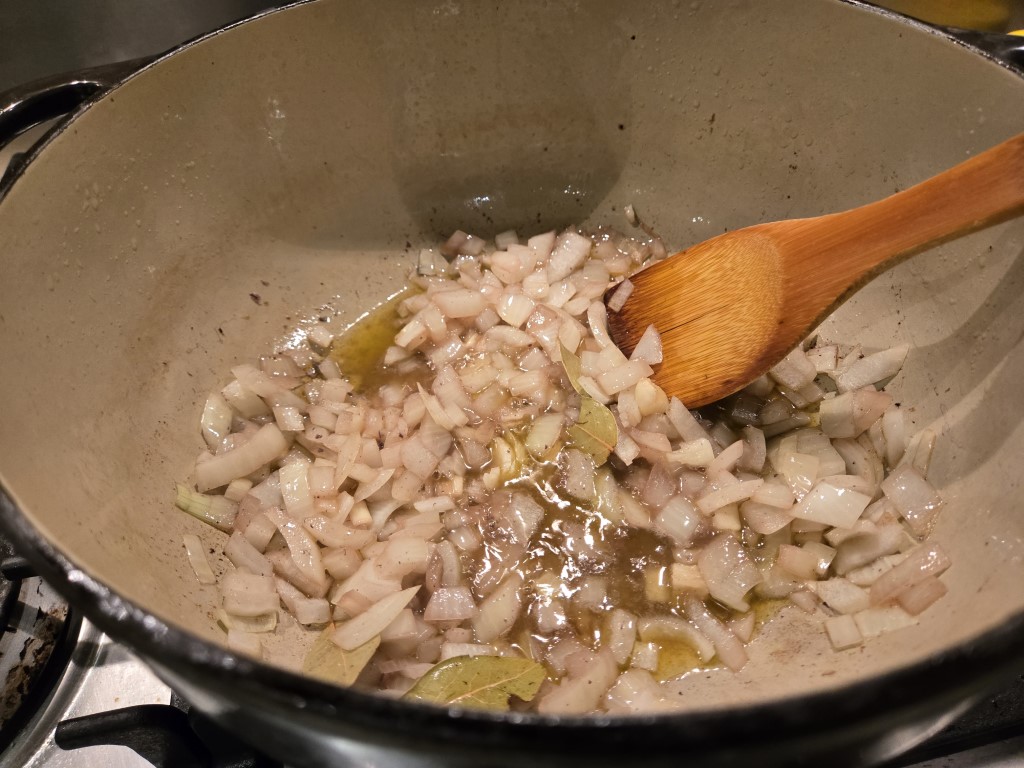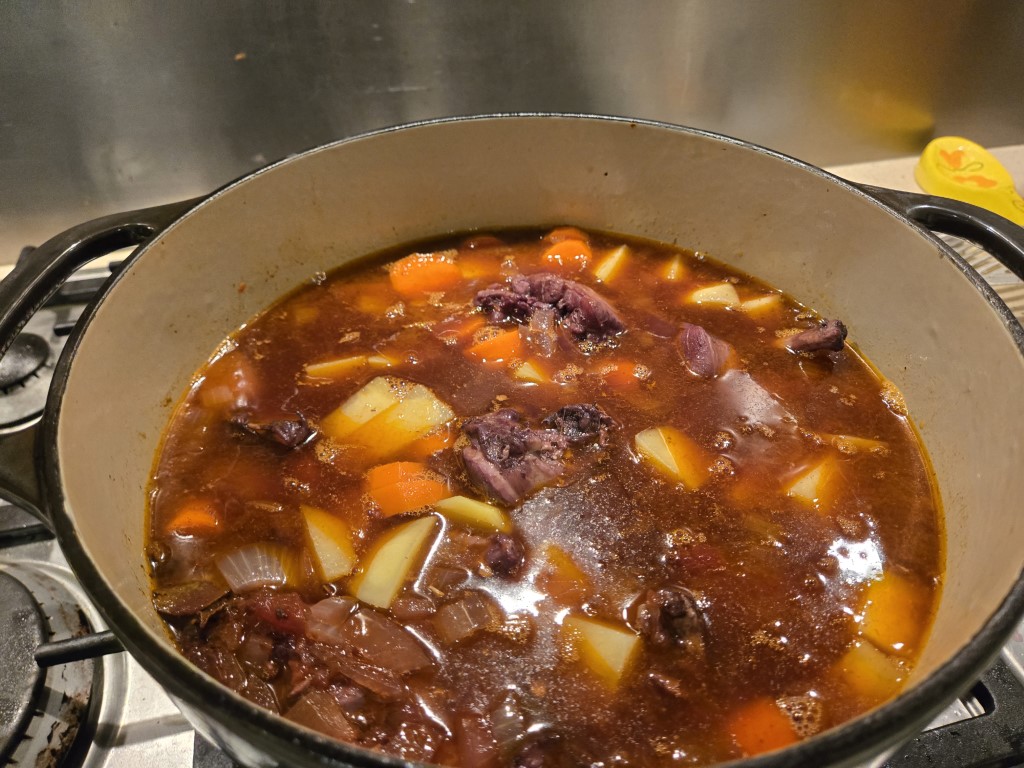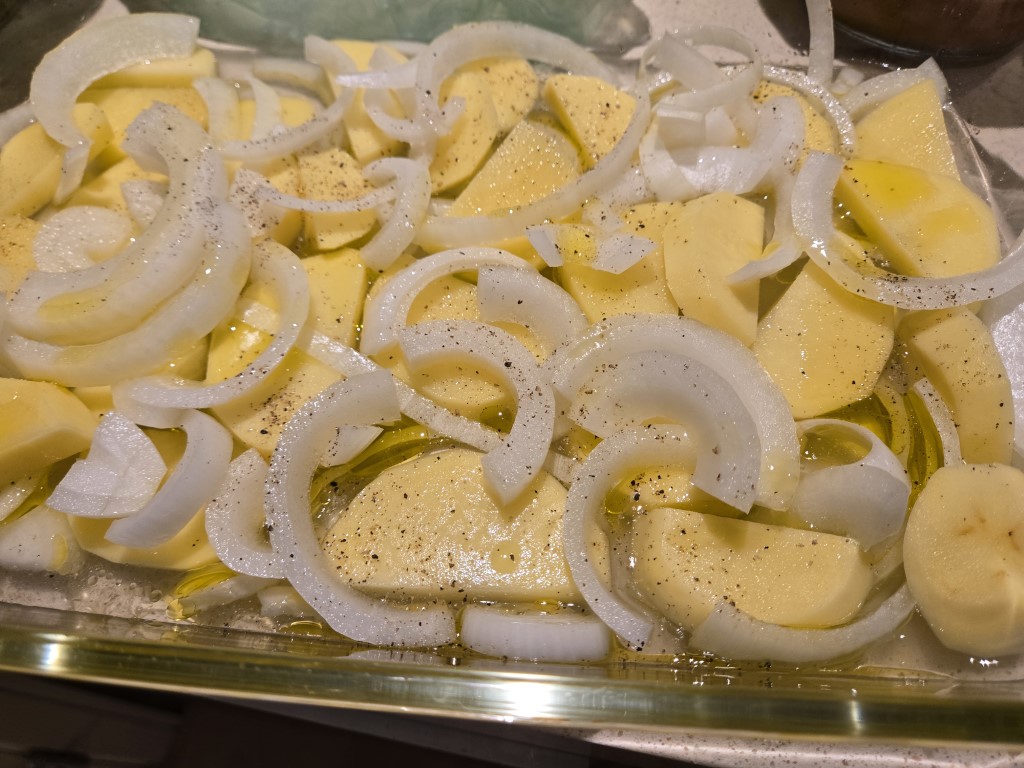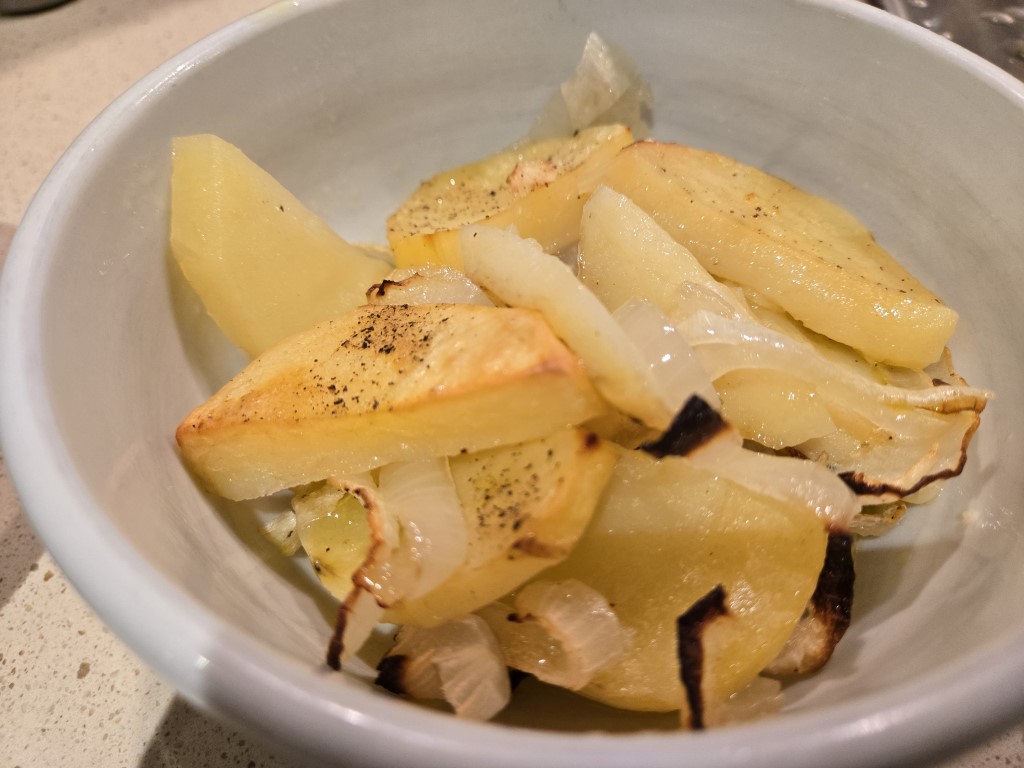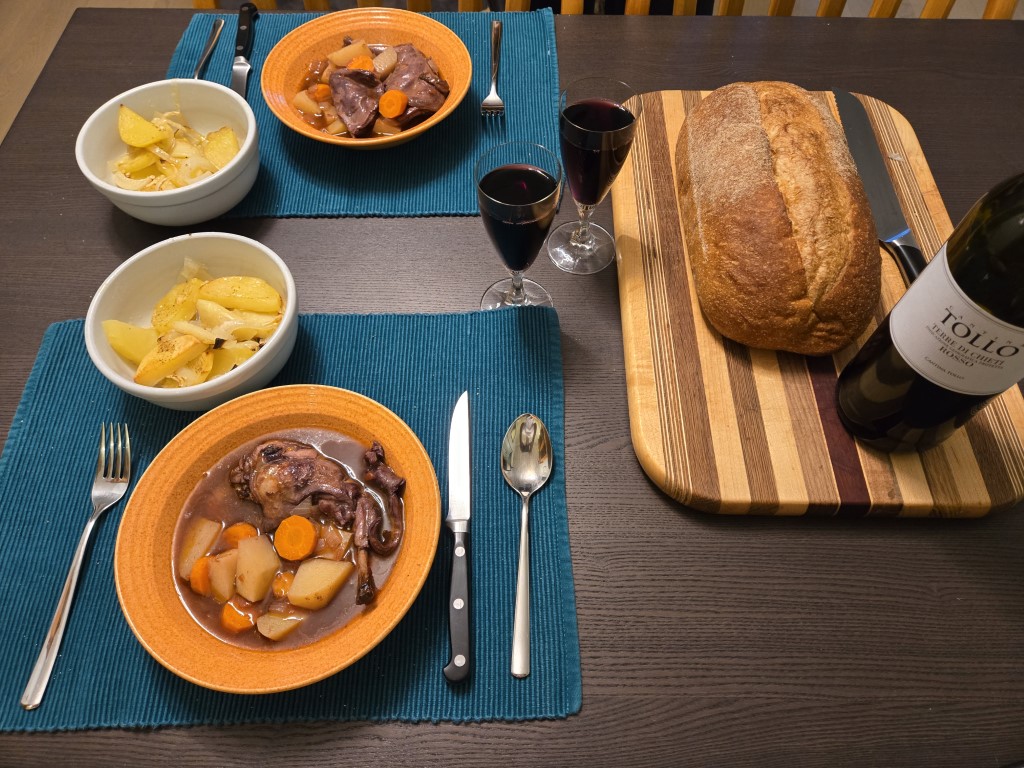After doing the Maldives a few meals ago, we’re back out in the ocean for a country with an even higher ratio of water to land – the Marshall Islands. This time it’s not the Indian Ocean – we’re going to be a bit more Pacific than that.
Sorry. However, if I’m going to say anything much about the history of the Marshall Islands, that’s the last bit of levity we’re getting for a while. You see, the most famous of these Islands is Bikini Atoll, where the good ‘ol USA decided to set off the first hydrogen bomb. And then the second one.
In time, the US would detonate 67 nuclear weapons in the Marshall Islands at Bikini and Enewetak atolls. The health impacts of the tests are still felt today, and likely will continue to be a serious issue right up until the likely destruction of the entire country due to climate change.
Woof.
OK, let’s talk about some food now, please?
The Marshall Islands have at various times been inhabited and / or governed by aboriginal populations from Australia and elsewhere, Germany, Japan, and the United States. They’ve been independent since 1979, although they still depend on the US for things like (checks notes) bank insurance? Huh.
At any rate, that’s a lot of influences. As one might expect, fish is quite common, and as we’ve seen in other oceanic countries, pumpkin also comes up a lot. Although rice isn’t native to the islands, a glutinous rice ball is a very common side dish, and finally the arguable national dish is a macadamia nut pie, despite the fact that macadamia nuts AREN’T originally native to these atolls.
We’ll get to the pie, but let’s make our main dishes first. While most authentic would likely be to wrap the fish in banana leaves and grill it, I found a recipe for baked fish with a coconut milk sauce that sounded amazing (spoiler: it was), so we decided to go with that one.
First you make a sauce with coconut cream, onion, chilis, lemon juice, and a little corn starch for thickener.
Next, you shake the fish in a container with a coating made of flour, salt, and white pepper. Barramundi would probably be the most common fish, but the store had black cod on sale, so black cod it was. Plus, black cod is delicious.

The fish gets lightly browned in oil, and then baked in the sauce with a layer of tomato slices on top. I definitely think we’ve probably wandered a bit from traditional Marshallese food here, but here it is.
While the fish bakes, we had a go at two more dishes, a pumpkin rice porridge, and chuck chuck.
Chuck chuck is simplicity itself: make some sticky rice, roll it into balls with a little sugar and salt, roll said balls in coconut. One problem – our sticky rice, for once, turned out not at all sticky, so we ended up with rice piles, rather than balls.
The pumpkin rice dish had recipes that were more vibes than anything else – “Boil the pumpkin until tender, add rice, cook until done, add coconut milk, and cook until absorbed.” But since all the sources agreed that a) these were, in fact, the steps in the process and b) sweating the details was likely not critical, we went with it.
Pumpkin + rice:
[photo missing]
Pumpkin + rice + coconut milk:
Well, we didn’t take a photo specifically of that step either, so here’s the whole meal on a plate.
Isn’t that yellow color pretty? It’s entirely from the pumpkin.
For all the various hiccups, this meal goes hard. The rice, er, piles may not have ended up as finger food, but the sweet and salty flavor with the coconut was excellent. May have to try this one again as a weeknight side.
The pumpkin rice porridge was hearty and delicious.
And finally the fish. My heavens, the fish. The ingredients weren’t all that complicated, but as mentioned earlier – black cod is delicious, and the sauce fused the chilis, coconut, and lemon juice together brilliantly. The tomatoes, in particular, were so tasty when infused with the sauce, that I frankly do not care if they are remotely authentic.
And now, let’s make a macadamia nut pie. At least, once we recover from the sticker shock.
I will point out that these two small bags of nuts constituted half the cost of the entire meal. And black cod ain’t cheap, either.
But it’s the national dish, so let’s do this. First off – scratch pie crust. Pulse dry stuff in blender, then add wet until it coheres. Wrap in plastic, rest in fridge.
We’ve watched lots of Bake Off – how hard can this be?
Oh wait. We’ve watched lots of Bake Off – we know EXACTLY how hard this can be. But the dough rolled out nicely, and rather than a blind bake the recipe we found called for dusting the bottom of the crust with coconut.
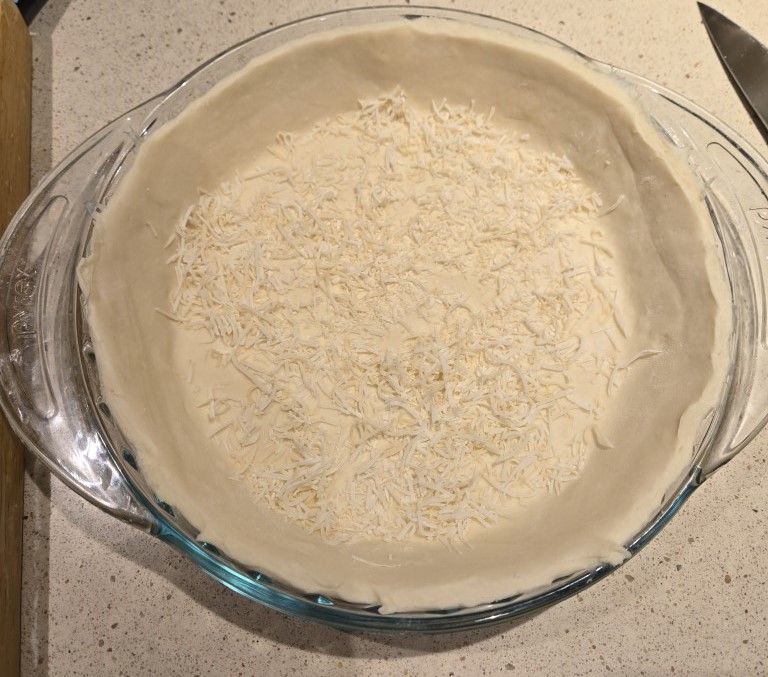
The filling is a sugared coating for the nuts, similar to a pecan pie. It consists of either corn syrup or honey, (the former is likely more common, but for obvious reasons we went with the latter) butter, coconut milk, light brown sugar (which is apparently “golden” sugar here in Canada), and eggs.
You just mix those ingredients together, fold in the nuts, pour that into the shell, and bake.
Then 30 seconds later, you realize you left out one bag of your absurdly expensive nuts, yank the thing out of the oven, and toss those in to keep baking.
Honestly, I don’t think that was the issue – rather, I suspect blind baking WOULD have helped the crust be a little less doughy at the end. Still, you can’t see that in the picture, can you?
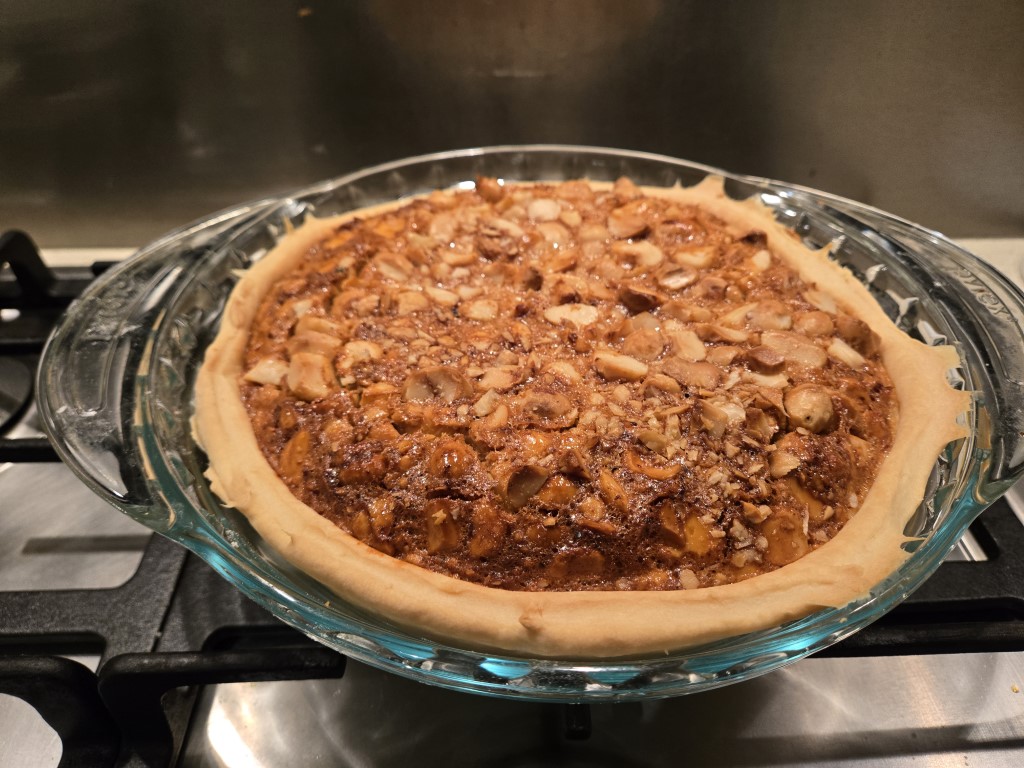
There was one more minor hiccup before serving – you’re supposed to make a coconut whipped cream to go on top, but I didn’t realize you have to whip the cream BEFORE you add the coconut milk, or it won’t set up. Lesson learned.
A quick nip over to the grocery store, and it turned out they HAD coconut whipped cream on the shelf, pre made an ready for topping.
Which we did. And it was good. As was the pie itself. I mean – macadamia nuts in sugar and honey – how can you go wrong?
The Marshall Islands may have a depressing past and future, but their present seems to be delicious.
Next up – Mauritania!
Recipes:
Coconut Fish
Chuk Chuk
Pumpkin Rice Porridge
Macadamia Nut Pie
